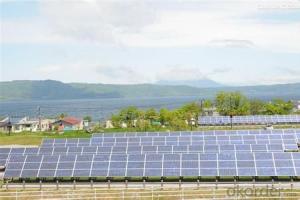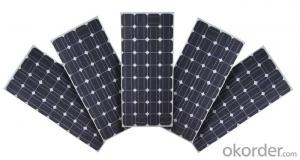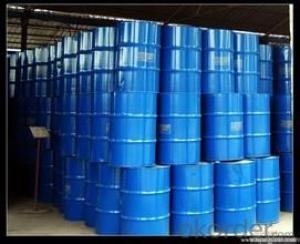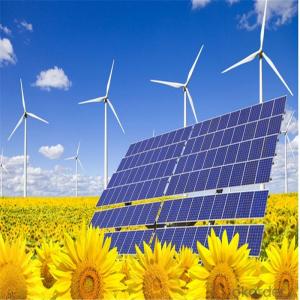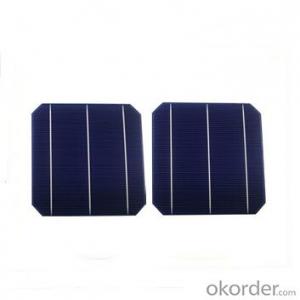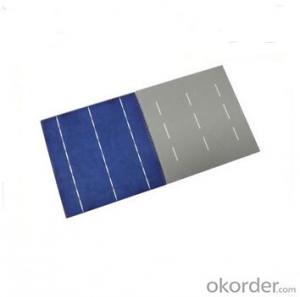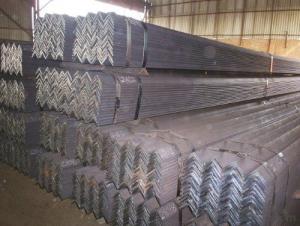Facts About Solar Cells
Facts About Solar Cells Related Searches
Except For Solar Cells Weegy Problems With Solar Cells High Power Solar Cells Light Trapping In Solar Cells High Performance Solar Cells High Output Solar Cells High Wattage Solar Cells Energy Transfer In Solar Cells High Efficiency Hvac Systems Recombination In Solar CellsHot Searches
Cheap Solar Cells For Sale Flexible Solar Cells For Sale Q Cells Solar Panels For Sale Printed Solar Cells For Sale Bulk Solar Cells For Sale 6x6 Solar Cells For Sale Broken Solar Cells For Sale Cpv Solar Cells For Sale Photoelectric Cells For Sale Price Of Silicon Solar Cells Price Of Solar Cells Over Time Buy Solar Cells From China Cheap Solar Cells China Best Type Of Solar Cells Flexible Solar Cells Price Q Cells Solar Panels Price 3 Types Of Solar Cells Production Of Solar Cells Common Types Of Solar Cells Q Cells Solar Panel PricesFacts About Solar Cells Supplier & Manufacturer from China
Okorder.com is a professional Facts About Solar Cells supplier & manufacturer, offers integrated one-stop services including real-time quoting and online cargo tracking. We are funded by CNBM Group, a Fortune 500 enterprise and the largest Facts About Solar Cells firm in China.Hot Products
FAQ
- Solar cells are typically made using a process called photovoltaic (PV) technology, which involves the assembly of semiconductor materials, usually silicon, into thin layers. The silicon is purified and then shaped into wafers, which are then treated with various dopants to create the desired electrical properties. Metal contacts are added to these wafers, and the cells are encapsulated with protective materials. When sunlight hits the cell, the photons from the sunlight create an electric field across the layers, generating electricity.
- How to generate solar cells, the principle of PN junction
- Salt, such as gallium arsenide III-V compounds, cadmium sulfide, copper indium selenium and other multi-compound materials for the battery; 3, functional polymer materials prepared by the large solar cells; 4, nano-crystal solar cells.
- Solar cells handle shading or obstructions by bypassing the shaded or obstructed areas and maximizing energy production from the unshaded portions of the cell.
- Yes, solar cells can be used for powering internet connectivity. Solar cells generate electricity from sunlight, which can be used to power various devices, including routers, modems, and other networking equipment. This enables internet connectivity in remote areas where traditional power sources may not be available, making solar-powered internet an efficient and sustainable solution.
- Yes, solar cells can be used for powering electric water heaters. Solar panels generate electricity from sunlight, which can then be used to power electric water heaters. This is an eco-friendly and cost-effective way to heat water using renewable energy sources.
- Yes, solar cells can be used on curved surfaces. In fact, advancements in technology have made it possible to design flexible solar cells that can be curved to fit various shapes and structures, allowing for more versatile and efficient use of solar energy.
- How long is the long cycle solar cell life?
- There are charging conditions, if often less than filling, charge less than the release, then it will soon be "broken", a single cycle of the amount of charge should be more than 1.2 times the discharge
- Yes, solar cells can be used for powering desalination plants. Solar energy can be harnessed by solar cells to generate electricity, which can then be used to power the various components of a desalination plant, such as pumps and filtration systems. This allows for a sustainable and environmentally friendly approach to desalination, utilizing renewable energy sources to convert seawater into potable water.

















